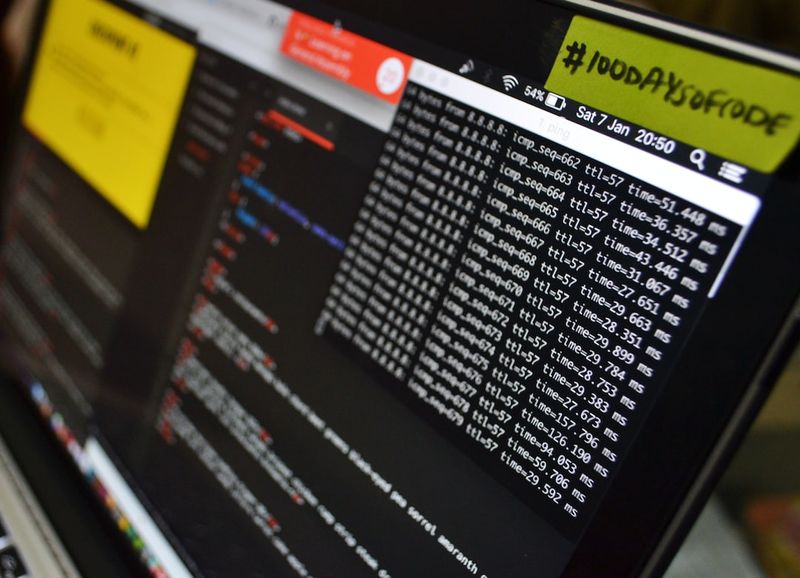Amazon Settles Ring Customer Spying Complaint with $30.8 Million Payment
Amazon-owned home security camera company Ring has agreed to pay $30.8 million to settle Ring and Alexa privacy complaints filed by the Federal Trade Commission (FTC) on June 1, 2023. The FTC charged that Ring failed to implement basic protections to stop hackers or employees from accessing people’s devices or accounts, resulting in “egregious” violations of privacy such as female users of home security cameras being “surveilled” in bedrooms or bathrooms. “Ring‘s disregard for privacy and security exposed consumers to spying and harassment,” said Samuel Levine, director of the FTC’s bureau of consumer protection. Ring will delete any data unlawfully viewed and ramp up security with features such as multi-factor authentication. Ring will pay $5.8 million as part of the settlement.
FTC Accusations against Amazon‘s Alexa Smart Speakers
In addition to the settlement with Ring, Amazon will pay an additional $25 million to settle FTC accusations that children’s voice recordings captured by Alexa smart speakers were kept when they should have been deleted. Amazon will identify and delete any personal information it has kept from child profiles that are no longer active The accusations stated that US law does not allow companies to keep children’s data forever for any reason, and certainly not to train their algorithms.
The Impact of the Settlement on Ring Customers
Amazon‘s settlement with the FTC highlights the threats of home surveillance systems. While security cameras are designed to protect your home, they could be turned against you without proper privacy and security protections. Ring‘s failures in security enabled hackers and employees to access customers‘ home surveillance devices and personal data without their authorization. The breaches of privacy resulted in consumers being spied on, harassed, taunted, and sexually propositioned, among other violations. The proposed order requires Ring to pay the penalty, delete any data unlawfully viewed, and ramp up security with features such as multi-factor authentication. These actions are necessary to prevent any further breaches, although they do not entirely make up for the invasion of customers‘ privacy that they’ve already experienced.
The Importance of IoT Security
The incident with Ring is a cautionary tale for companies with Internet of Things (IoT) devices. IoT devices, such as home surveillance cameras and smart speakers, must have reliable security features to prevent unauthorized access to devices and data breaches of their customers‘ personal lives. To avoid the kind of safety lapses that Ring exhibited, companies must implement security measures that protect their devices from hacking attempts and ensure customers‘ privacy by not sharing their orders or recordings. Despite Ring‘s claims that it provided adequate security, the FTC charged the company with neglecting its customers‘ privacy and security. As the number of internet-connected devices continues to grow, IoT companies must pay significant attention to security and user privacy measures.
Editorial on Data Protection Regulations
Amazon‘s $30.8 million payment is one of the largest privacy-related settlements ever. While the payment sends a message to other IoT companies to be more responsible about securing their devices, federal data protection regulations are necessary to make sure companies’ security measures are sufficient, their products are designed with privacy in mind, and their customers have adequate privacy protections. The Ring case brings to light the importance of data protection regulations and the need for companies to prioritize their customers‘ privacy and security. It is critical to implement more comprehensive security measures to prevent data breaches, secure customer data, and minimize the damages if a breach occurs.
Advice for Customers with Smart Devices
For customers who have home surveillance cameras, smart speakers, or other IoT devices, it is essential to follow some basic security measures to minimize the risks of these devices being hacked. It is always a good idea to change the default passwords when setting up an IoT device, use complex passwords, enable multi-factor authentication, and create unique passwords for each device. Ensure that the devices are always updated with the latest updates and firmware patches and only provide as minimal information as possible when setting up the devices. Users should also limit what data they share with products to avoid having their data being bought, sold, or exploited. Finally, users should report any suspicious activities or security issues with the IoT products to the manufacturer to investigate and rectify the issues.

<< photo by Bruno Silva >>
You might want to read !
- Experts lend credence to Iranian dissidents’ allegation of presidential hack
- The Importance of Cybersecurity in Connected Devices: Analyzing the $5.8 Million FTC Settlement with Amazon Ring.
- “Prioritizing Mental Health: Supporting Cybersecurity’s Essential Workers Amidst Burnout Concerns”
- Why the ScarCruft North Korean hacking group poses a serious threat
- The New Wave of Cyber Attacks: Mirai Botnet Targets Zyxel Devices for DDoS Attacks
- Millions of Sites At Risk: Urgent WordPress Update Fixes Critical Flaw in Jetpack Plugin
- Exploring the Risks of Faronics Education Software: Critical Vulnerabilities Uncovered
- Isolated from Danger: Protecting Branch Offices in Risky Regions
- Pegasus spyware used to hack Armenian citizens during conflict: Report
- The Power of Cloud Services for Enhanced Login Security
- Toyota’s Cloud Data Breach: How Safe Is Your Personal Information?




